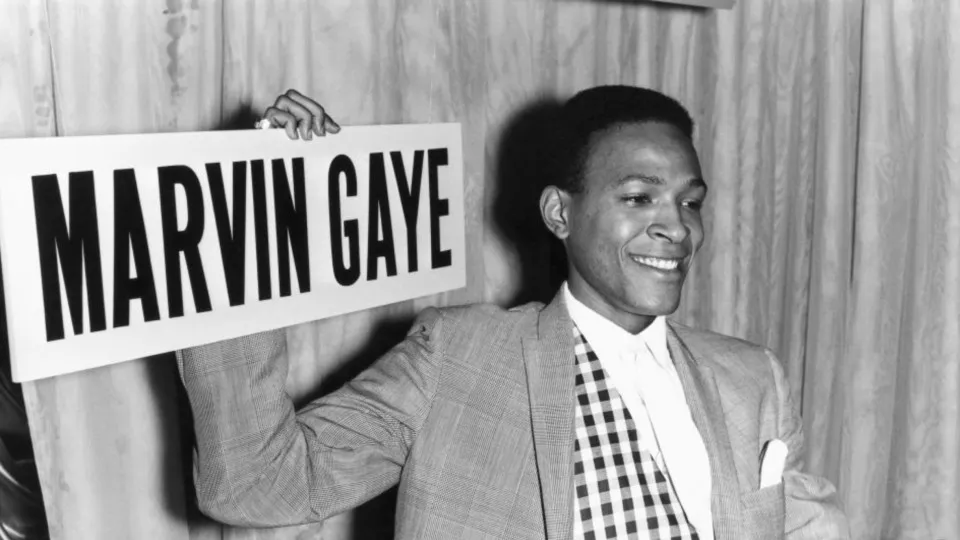Few people in the 20th century had as large an impact on American music than Marvin Gaye. Born without means in a broken home, Gaye rose to become the highest-paid African-American musician of his time, and continues to be regarded as one of the best singers and songwriters in history. During his tragically short and tortured life, Gaye worked to turn soul and R&B on their heads, breathing new life into the genres and spreading their popularity around the world. But while his voice is instantly recognizable, there is a lot about his life that people don't know. In reality, the life of Marvin Gaye is just as complex and moving as his music was. From abuse at home to drug dependency and even murder, the story of the eternal Prince of Soul is a story worth telling.
With all this said, read on to learn all you need to know about Marvin Gaye.



